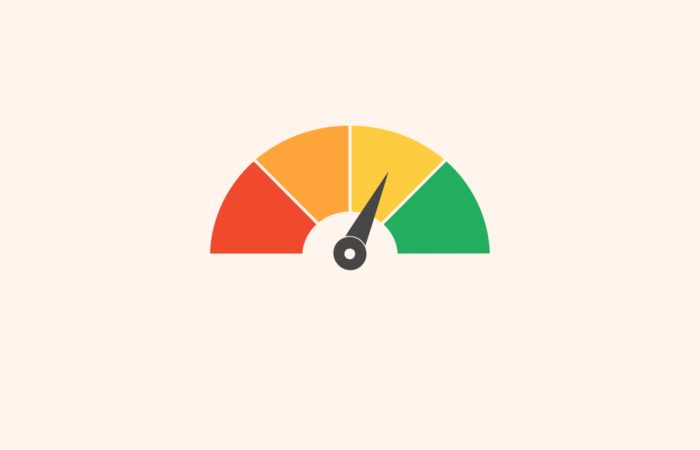
Term: TPRM Tools
TPRM tools are specialized software applications and platforms designed to help organizations identify, assess, mitigate, and monitor risks associated with their third-party relationships.
These tools play a crucial role in ensuring that third-party vendors, suppliers, contractors, and partners comply with the organization’s risk management policies, legal and regulatory requirements, and overall business objectives. By leveraging TPRM tools, organizations can maintain robust security, operational integrity, and regulatory compliance.
Types of TPRM Tools
TPRM tools come in various forms, each designed to address specific aspects of third-party risk management. Here are the main types of TPRM tools:
-
Risk Assessment Tools
- Definition: These tools evaluate the potential risks posed by third-party relationships. They typically use questionnaires, checklists, and automated data collection to assess factors such as financial stability, compliance with regulations, cybersecurity practices, and operational reliability.
- Features: Customizable risk assessment frameworks, automated scoring, risk categorization, and comprehensive risk reporting.
-
Due Diligence Tools
- Definition: Tools that facilitate the thorough investigation and evaluation of third parties before establishing a business relationship. Due diligence tools ensure that potential vendors comply with legal, regulatory, and internal policy requirements.
- Features: Background checks, compliance verification, financial audits, and reputational analysis.
-
Continuous Monitoring Tools
- Definition: These tools provide ongoing surveillance of third-party activities to detect and address emerging risks in real-time. Continuous monitoring helps organizations stay proactive in managing third-party risks.
- Features: Automated alerts, real-time risk updates, integration with threat intelligence feeds, and performance monitoring.
-
Vendor Management Tools
- Definition: Tools designed to oversee and manage the entire lifecycle of vendor relationships, from onboarding to offboarding. They ensure that vendors meet the organization’s performance, security, and compliance standards. Looking for a tool like that? See My Vendors
- Features: Vendor performance tracking, contract management, monitoring, and centralized vendor data repositories.
-
Compliance Management Tools
- Definition: Tools that help organizations ensure that their third-party vendors adhere to relevant laws, regulations, and internal policies. Compliance management tools track regulatory changes and manage compliance documentation.
- Features: Regulatory tracking, compliance reporting, audit trails, and policy management.
-
Incident Management Tools
- Definition: Tools that facilitate the identification, management, and resolution of security incidents involving third parties. Incident management tools ensure a structured response to minimize impact.
- Features: Incident tracking, response workflows, root cause analysis, and incident resolution reports.
-
Risk Scoring Tools
- Definition: Tools that quantify the level of risk associated with each third party by analyzing various risk factors and assigning a risk score. This helps prioritize risk mitigation efforts based on the severity of the risks.
- Features: Risk scoring algorithms, customizable scoring models, risk dashboards, and prioritized risk lists.
-
Contract Management Tools
- Definition: Tools that manage the creation, negotiation, execution, and monitoring of contracts with third parties. Contract management tools ensure that all contractual obligations are met and risks are minimized.
- Features: Contract creation templates, automated approval workflows, contract compliance tracking, and renewal alerts.
-
Audit and Reporting Tools
- Definition: Tools that provide comprehensive audit capabilities and generate detailed reports on third-party risk management activities. These tools support transparency and accountability in TPRM processes.
- Features: Audit trails, customizable reporting templates, real-time dashboards, and compliance reporting.
- TPRM Tools
TPRM tools are specialized software applications and platforms designed to help organizations identify, assess, mitigate, and monitor risks associated with their third-party relationships.
These tools play a crucial role in ensuring that third-party vendors, suppliers, contractors, and partners comply with the organization’s risk management policies, legal and regulatory requirements, and overall business objectives. By leveraging TPRM tools, organizations can maintain robust security, operational integrity, and regulatory compliance.
Types of TPRM Tools
TPRM tools come in various forms, each designed to address specific aspects of third-party risk management. Here are the main types of TPRM tools:
-
Risk Assessment Tools
- Definition: These tools evaluate the potential risks posed by third-party relationships. They typically use questionnaires, checklists, and automated data collection to assess factors such as financial stability, compliance with regulations, cybersecurity practices, and operational reliability.
- Features: Customizable risk assessment frameworks, automated scoring, risk categorization, and comprehensive risk reporting.
-
Due Diligence Tools
- Definition: Tools that facilitate the thorough investigation and evaluation of third parties before establishing a business relationship. Due diligence tools ensure that potential vendors comply with legal, regulatory, and internal policy requirements.
- Features: Background checks, compliance verification, financial audits, and reputational analysis.
-
Continuous Monitoring Tools
- Definition: These tools provide ongoing surveillance of third-party activities to detect and address emerging risks in real-time. Continuous monitoring helps organizations stay proactive in managing third-party risks.
- Features: Automated alerts, real-time risk updates, integration with threat intelligence feeds, and performance monitoring.
-
Vendor Management Tools
- Definition: Tools designed to oversee and manage the entire...
-


